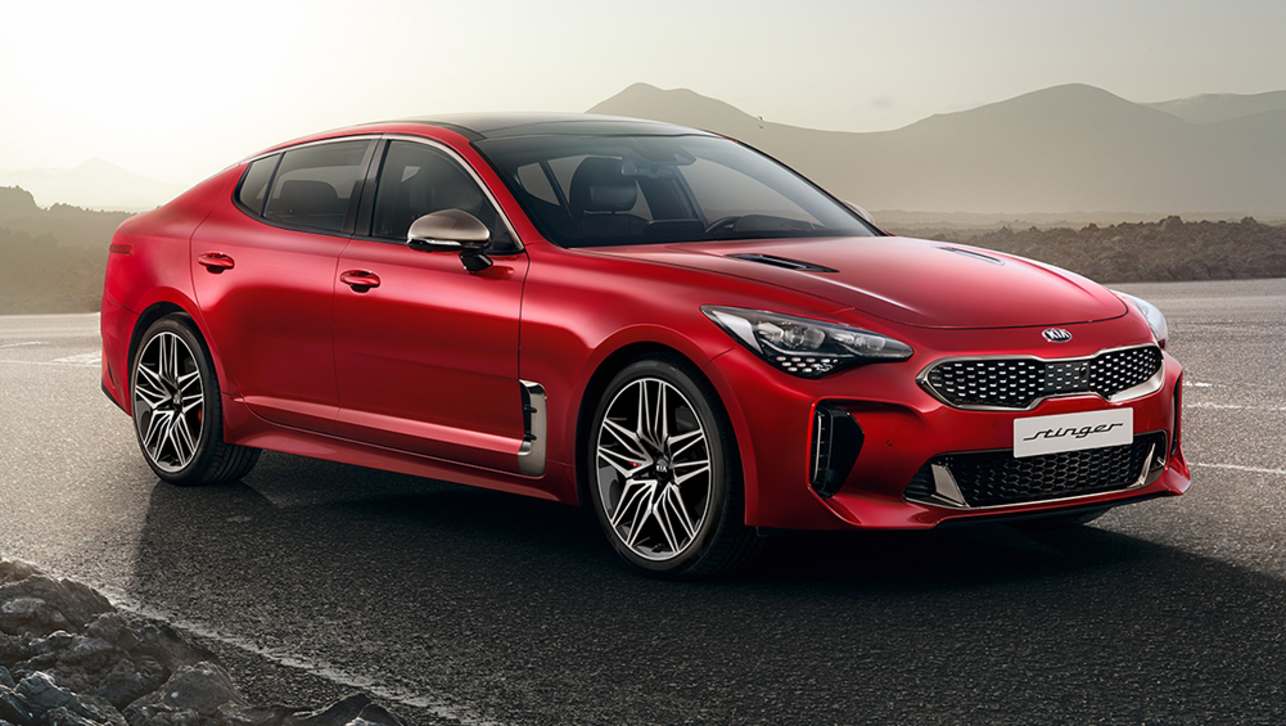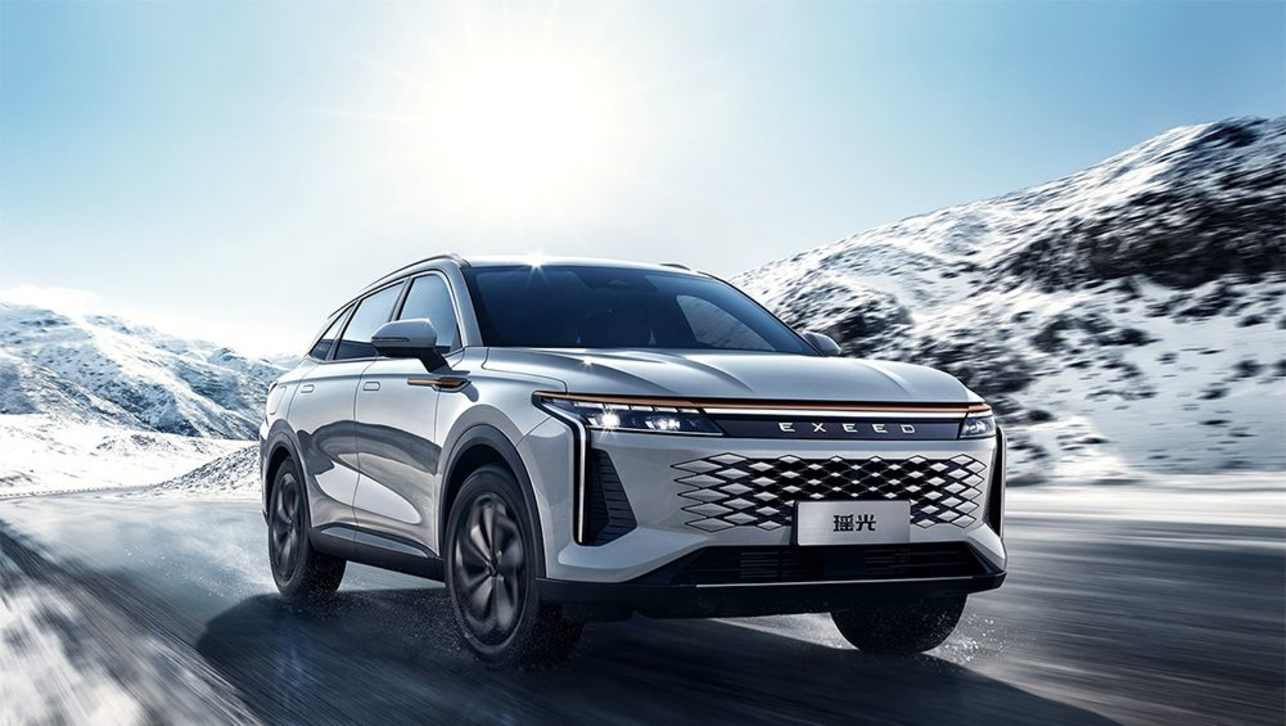Launching the right car at the right time is the greatest challenge for the car industry.
Get it right and the rewards are enormous, with unlikely models becoming sales hits. For example, when Audi launched the SQ5, many people questioned the appeal of a diesel-powered, performance-biased SUV. But history showed it was just what people wanted and the entire performance SUV segment has ramped up since then.
Or take the Ford Ranger Raptor, a high-performance off-road ute with a price tag north of $70,000 might have seemed like a brave choice in 2018, but as the sales and expanding list of would-be rivals demonstrates - it was the right car at the right time.
But what about the opposite? What if you launch a great car but the market has moved on? Or you launch a car that fills a gap but doesn’t connect with customers as it should have?
Here are some examples of cars that seemingly had more potential than they ultimately achieved.
Kia Stinger

For starters, the Stinger is still on sale and it’s been a steady performer for Kia since it arrived. However, it never quite lived up to the hype it had when it did join the range, with many predicting it would replace the Holden Commodore SS and Ford Falcon XR6 as Australia’s favourite affordable sports sedan.
The problem, it seems, was the Kia was a few years too late. While sales of the Commodore and Falcon were strong in the final years of local production, in hindsight it seems that was driven by emotion or nostalgia, and a large part of the market for a car like the Stinger had shifted to buying utes and SUVs.
Which is a shame, because the Stinger is an exciting car, particularly the twin-turbo V6 variants, and it demonstrated the ambition of the rising South Korean brand.
Ford Territory Turbo
.jpg)
It’s one of the great ‘what if’ moments for the Australian car industry - what if Ford had opted to introduce a turbo-diesel version of the Territory in 2006 rather than the turbo-petrol model?
At the time Ford Australia was convinced customers valued performance over economy, plus the cheaper development of installing the existing inline six-cylinder turbo engine from the Falcon made it an easier business case to argue.
Unfortunately for Ford, it seems in the mid-2000s Aussies wanted to save money at the bowser, especially when driving a large SUV, and it wasn’t until the diesel arrived with the facelift in 2011 that the market turned towards go-fast SUVs (as Audi brilliantly deduced).
The failure of the Territory Turbo might partially explain why Ford Australia is still seemingly gun shy about introducing sporty SUVs like the Puma ST, Edge ST and even the Bronco, even as demand for such vehicles is on the rise.
Ford EcoSport
.jpg)
Credit where credit is due, Ford picked the shift toward city-sized SUVs quicker than most brands. The Fiesta-based EcoSport arrived in Australia in 2013, years before the likes of Mazda, Hyundai and Volkswagen would introduce their own compact models.
The problem for the Blue Oval was not the concept but the execution, because while the EcoSport was the right size it skewed towards being more of an SUV rather than a high-riding hatch.
The success of the Mazda CX-3, Hyundai Venue and Volkswagen T-Cross suggest buyers wanted something similar but different to the EcoSport.
Holden Cruze
.jpg)
I could argue that Holden managed to get this nameplate wrong twice, because both the rebadged Suzuki Ignis and the eventually locally-produced, Daewoo-based small sedan and hatch were arguably the right cars at not quite the right moment.
General Motors struck its deal to do its own version of the Ignis and launched a compact SUV in 2001, arguably a decade ahead of its time; but that’s a story for another day…
The locally-manufactured Cruze small car - which was available as both a sedan and Aussie-designed hatchback - was a better example of the right car arriving at the wrong time.
Imported versions of the Cruze hit showrooms in 2009 before local production began in 2011. This was at a time when sales of the Commodore were still going relatively strong, so the Cruze was seen as the little brother by many consumers.
Production of the Cruze ended in 2016 and it was replaced by the returning Astra. Perhaps this was a case of right car, wrong name and Holden may have been better off sticking with the Astra nameplate that customers had known for longer - and wasn’t associated with a short-lived Suzuki-based light SUV.
BMW i3

BMW is in the midst of an electric onslaught, with the iX3 and iX already in showrooms and with the i4 set to join later this year. What won’t be in BMW dealers for much longer is the i3, a ground-breaking car that’s biggest fault may have been it was ahead of its time.
Sure, its range of between 180-240km doesn’t help its case (although that would be more than enough for the average Australian commuter), but the i3 was such an interesting car on so many levels.
Its focus on sustainability and design made it an industry leader, as well as perhaps the most interesting BMW to look at in the past 40 years. These are all things that consumers are considering these days when buying a new car.
But when the i3 launched in 2013, car buyers weren’t ready for such a dramatically different looking car and one that seemingly needed recharging too often.
A crying shame for those who appreciated its unconventional BMW-ness.







.jpg)

.jpg)

.jpg)


.jpg)

.jpg)




.jpg)


.jpg)
.jpg)


.jpg)

Comments